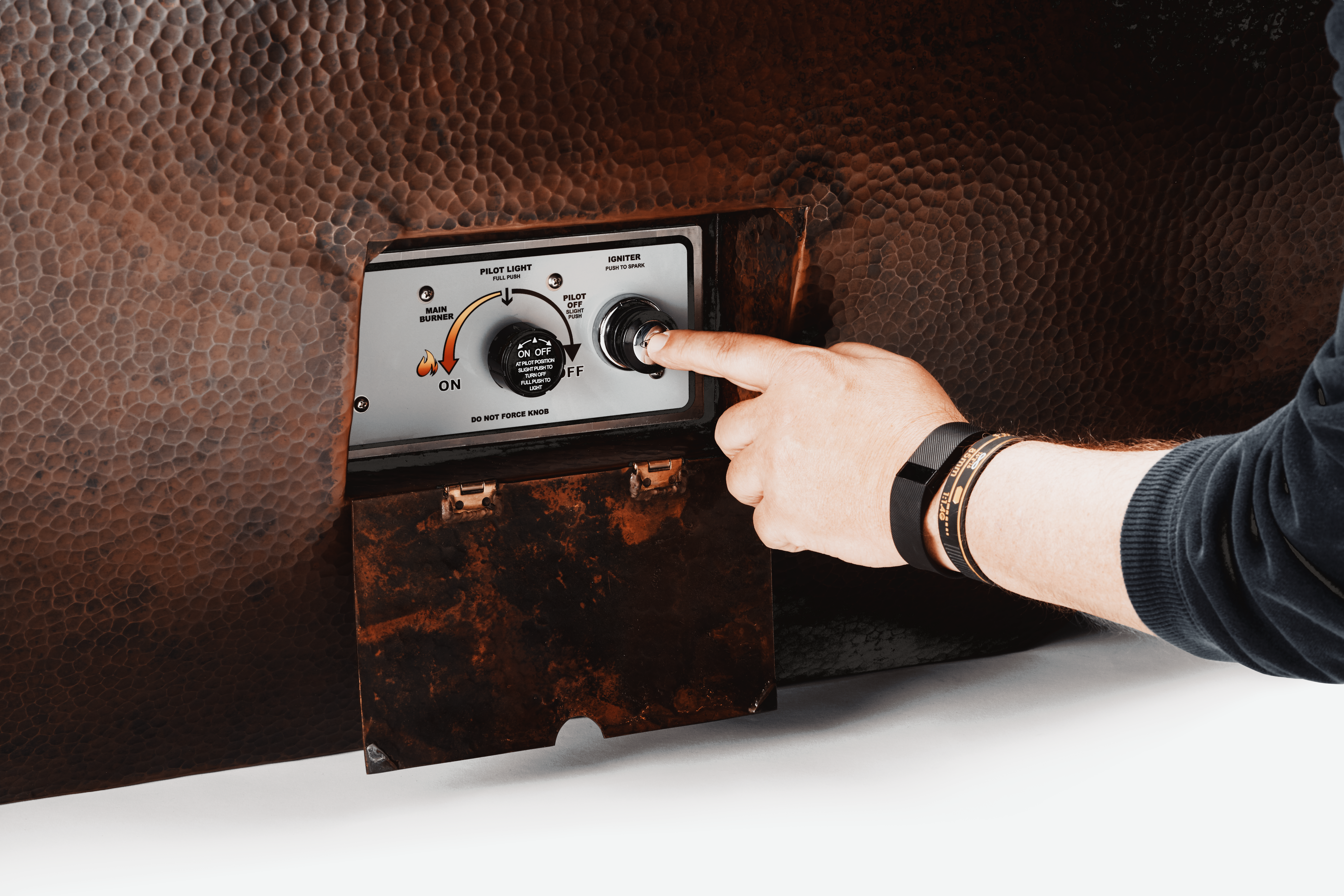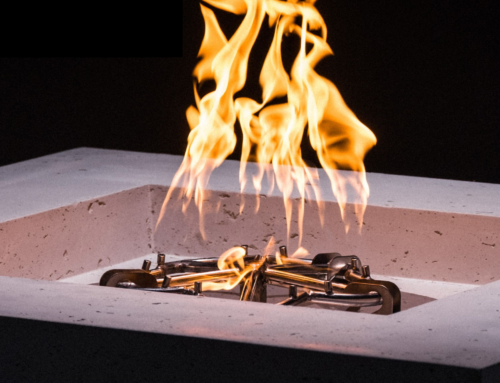FPPK Testing

Safety is a top priority for every HPC Fire design. This is made evident by the extensive safety protocols and testing criteria our team has established to ensure quality designs. In this Tech Talk, we will highlight some key testing procedures designed to ensure the safe operation of HPC’s signature FPPK’s known as push button flame sensing units.
The FPPK appliances are mechanically operated utilizing a safety pilot valve with simplified controls for operation. HPC has checks and balances at each stage of assembly to ensure the safety and functionality of every piece: both on its own as well as once it is operational in the appliance. These stringent testing procedures assists HPC in creating quality designs that will stand the test of time.
Assembly Inspection
At every workstation, each Tech has a safety assembly checklist to verify every piece that goes into the appliance. The inspection begins with the Tech examining the weep holes in the burner to confirm they are drilled properly. The weep holes paired with the raised hub design play an important role to ensure proper water egress. The Tech continues the inspection by confirming that the pilot is oriented in the proper position. Next, the Tech confirms that the burner as well as the burner brackets are tightly secured. The Tech continues to confirm the order by verifying the burner type and size as well as the gas type.
Control Box Inspection
HPC’s Control Box is truly the hub of the FPPK unit. Ensuring its’ seamless operation is imperative to guaranteeing a safe reliable product for consumers. During this phase of the inspection, the Tech ensures that the Valve Stem is centered and is not rubbing on the face plate. Next, the units’ pilot position is reviewed ensuring that it is seated well. During this process the Tech confirms that the blowout box and the pilot are secured tightly. The FPPK utilizes a grounding wire that runs from the back of the push button and is secured to the chassis of the valve box with a piece of steel. To confirm the wire is properly grounded to the spark generator the Tech completes an electrical test. Next, the valve knob is checked in each position ensuring that it moves smoothly from pilot to the open position. The Technician continues to review that the proper flex line is attached to the burner. Lastly, a test is completed on the battery of the spark generator to ensure that a proper spark is present to ignite the pilot.
Final Burn Test
Each FPPK unit is hooked to gas for a final burn test. The Tech will run through the pilot ignition sequence turning the knob to the pilot position then pushing the knob in to initiate the spark igniter.The Tech confirms that spark is arching over the top of the pilot hood. Then the pilot flame is inspected. Once the flame is present the inspector ensures that the flame is engulfing the top 3rd of the thermocouple. This ensures that the flame sensing technology is working properly. In addition, the Tech adjusts the knob to ensure that the valve is operating properly enabling the flame height to be adjusted.
Leak Test
HPC’s Team completes a thorough examination for any potential leaks. With the unit running our trained professionals utilize a calibrated electronic tool referred to as a “gas sniffer”. This tool is designed to detect any gas leaks. A second sweep for leaks is completed utilizing a flame wand. Below are the main areas of inspection:
- Pilot tube connections are checked
- Any gas piping from valve box to pan/burner assembly is checked.
- Back pressure on LP air mixer (LP only)
- Valve block assembly is checked for leaks.
During the leak test the labels on the unit are inspected as well. This is to ensure everything matches the customer’s order.
- Correct appliance rating label
- Model number
- power and gas requirements
- Serial number is applied
- CSA logo is also on the appliance rating label
- Carbon Monoxide label applied properly
This Tech Talk has given our market partners and patrons a behind the scenes look to what HPC’s brand stands for: outlining the crucial highlights for all safety and operational testing protocols. Our testing procedures are monitored and audited by CSA every quarter. HPC Fire Inspired prides itself on maintaining a less than 1% failure rate for all appliance testing. HPC’s dedication to testing helps our team ensure that we are using the best quality components enabling us to deliver the safest highest quality fire features to our consumers.
Let our dedicated Certified National Fire Institute Tech team as well as our Customer Specialists share their expertise. They will walk you through from start to finish ensuring your fire appliances exceed your desires. Reach our HPC Fire Inspired team at 937-436-9800 or at Info@HPCFire.com.





